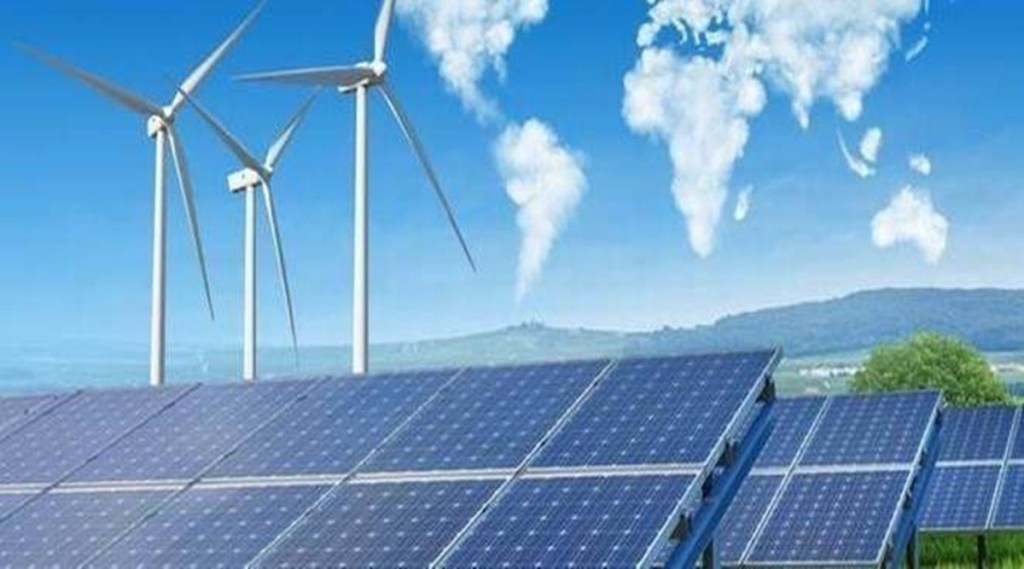By Shravan Sampath
Indian corporates and industries are presently facing the brunt of increased global commodity prices and electricity tariffs. Against this backdrop, the government of India has notified a policy framework for corporates and industries to directly access renewable energy from third-party suppliers without relying on the distribution utility. It is a framework with potentially game-changing implications, provided the execution is handled properly.
India’s Electricity Act, enacted in 2003, provided for large customers to access their own source of electricity through a mechanism known as the “open access” route. In effect, industries with a power consumption of over 1 MW could procure power from a supplier of their choice, while only using the distribution utility to wheel the power for a fee. While this was a norm across the developed world, India announced this forward-thinking piece of legislation with the intent that its industry could access cheaper electricity that could make output cheaper and competitive in the world market. Subsequent policy notifications further provided that such open access shall be non-discriminatory, and every large customer shall have the right to procure energy from a source of their choice.
India’s energy exchanges also provided industrial customers the option to trade on electricity in the spot or day-ahead markets to optimise their electricity consumption.
In the renewable energy era, the open access mechanism has taken on a new dimension. Large industrial consumers are looking to procure renewable energy from a renewable developer, with the twin objectives of both greening their energy source while also reducing the cost of electricity. Most of the leading global corporates with an Indian presence have announced plans to replace their present electricity source with renewable energy. Some of the world’s most influential companies, known as the ‘RE100’, have committed to going 100% renewable, and their India manufacturing facilities, warehouses, and offices are presently soliciting partners to obtain green power.
However, over the past few years, as the open access model attained popularity, distribution utilities have realised they were losing their most valuable customers and could no longer load their inefficiencies on high-paying corporate customers. Utilities then resorted to creating complex approval processes to delay and sometimes deny the customer’s right to open access as was promised and enacted under the Electricity Act 2003.
Against this background, the Union government has thrown down the gauntlet and notified the new “Green Open Access Rules 2022”. Among its many features, industrial and corporate customers with a demand of over 100 kilowatts can now set up their own solar plants and wheel power to their establishment. There are a host of other enabling provisions that can make a big difference to the ease of accessing third-party power. Under the new Rules, connectivity approval for renewable plants, when sought, shall not take more than 15 days to be granted. The central government also proposes to notify a “central nodal agency” that can monitor the timelines of submission and issuance. The intent, perhaps, is to expedite cases and ensure the benefit of green open access reaches all the intended.
This is a landmark framework for more reasons than one. This is not just an initiative to green corporate power consumption that presently accounts for 45% of India’s total electricity consumption. It is also a key input to boost our domestic manufacturing programme that needs cheaper electricity to compete with the other manufacturing powerhouses of the world. There are several industries, such as cement, steel, steel products, aluminum, packaging, and chemicals, where power is the single largest input, sometimes making up to 70% of the operating cost. Replacement of conventional energy with green energy through the open access route can reduce such operating costs by more than 50% while also providing the industries with the globally-recognised position of a “green enterprise”.
Yet, as with all good intentions, the devil will be in the implementation. Such rules take effect only when each state regulator individually approves them. This will need to be done in the face of stiff opposition from state distribution utilities and the political establishment, who need these high-paying corporate clients to subsidise free power to the weaker sections of the society. Most regulators are retired government officials who are not immune to such pressures, particularly when they take on the garb of public interest.
Regulators would do well to realise that true public interest lies in efficient distribution of public goods, and cross-subsidies have never helped the overall development of any sector. The green open access rules are a landmark framework because they offer the potential of privatisation of power distribution through the backdoor, albeit for wholesale customers only. This is not just a billion-dollar investment opportunity but also a timely reminder to utilities that they need to shape up or face irrelevance over the next few years.
The author is CEO, Oakridge Energy

